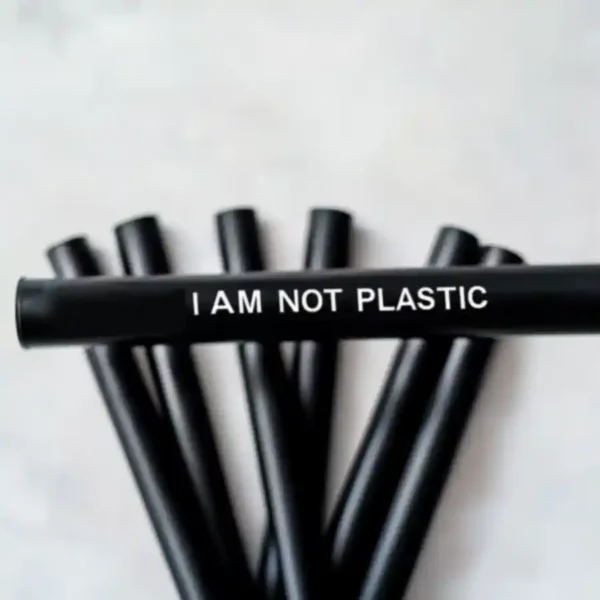Reusable vs. Disposable Straws: Which Is Better for Eco-Conscious Businesses?

Why Businesses Are Rethinking Straw Choices
The 2025 Sustainability Trends Report reveals that 78% of consumers prefer brands offering compostable or reusable alternatives. For restaurants and corporate offices, this shift isn’t just ethical—it’s economic. Fines for non-compliance with plastic bans can exceed $10k annually in regions like California and the EU. According to the 2023 Nielsen Report, 65% of consumers are willing to pay more for sustainable products.
Sugarcane Fiber Straws: Optimal Solution for Food Service
Key Advantages Over Paper Straws
- Withstand temperatures up to 90°C without softening
- Maintain structural integrity for 24+ hours in beverages
- Home-compostable within 12 weeks (Source: Sustainable Packaging Institute)
GreenEats Café Owner reported: “Switching to sugarcane straws reduced our waste costs by $1k/month without complaints about sogginess.”
Cost Analysis for Different Business Models
| Factor | Stainless Steel | Sedotan Tebu |
|---|---|---|
| Cost per 1k units | $2,000–$5,000 | $30–$70 |
UrbanEats restaurant chain saved $8k annually by adopting sugarcane fiber straws for takeout operations while maintaining sustainability commitments.
FAQs: Sugarcane Straws for Businesses
- Minimum order quantity: Most suppliers offer 10k units with bulk discounts
- Compatibility: Works with thick smoothies (8–12mm diameter options)
- Branding: Custom-print straw sleeves for marketing synergy
Pertanyaan yang Sering Diajukan
Q: …
A: …
Q: What makes sugarcane fiber straws superior to traditional paper straws for businesses?
A: Sugarcane fiber straws withstand temperatures up to 90°C without softening and last 24+ hours in drinks compared to paper straws’ 45-minute limit, while remaining fully compostable in 12 weeks.
Q: How do reusable stainless steel straws impact operational costs for restaurants?
A: While durable, stainless steel straws cost $2–$5 per unit upfront and increase dishwashing labor costs by 15–20%, making them better suited for dine-in venues with loyal customers.
Q: What financial risks do businesses face if they ignore plastic straw bans?
A: Non-compliance with plastic bans in regions like California or the EU can result in annual fines exceeding $10k, alongside reputational damage among eco-conscious consumers.
Q: Are there disposable straw options that balance cost and sustainability for high-volume use?
A: Yes, sugarcane fiber straws offer heat resistance and durability at a competitive price point, with businesses like GreenEats Café reporting $1k/month waste cost reductions after switching.
Q: How do consumer preferences influence the choice between reusable and disposable eco-straws?
A: 78% of consumers prefer brands offering compostable alternatives, and 65% are willing to pay more for sustainable options—making durable disposables like sugarcane fiber ideal for meeting demand.







